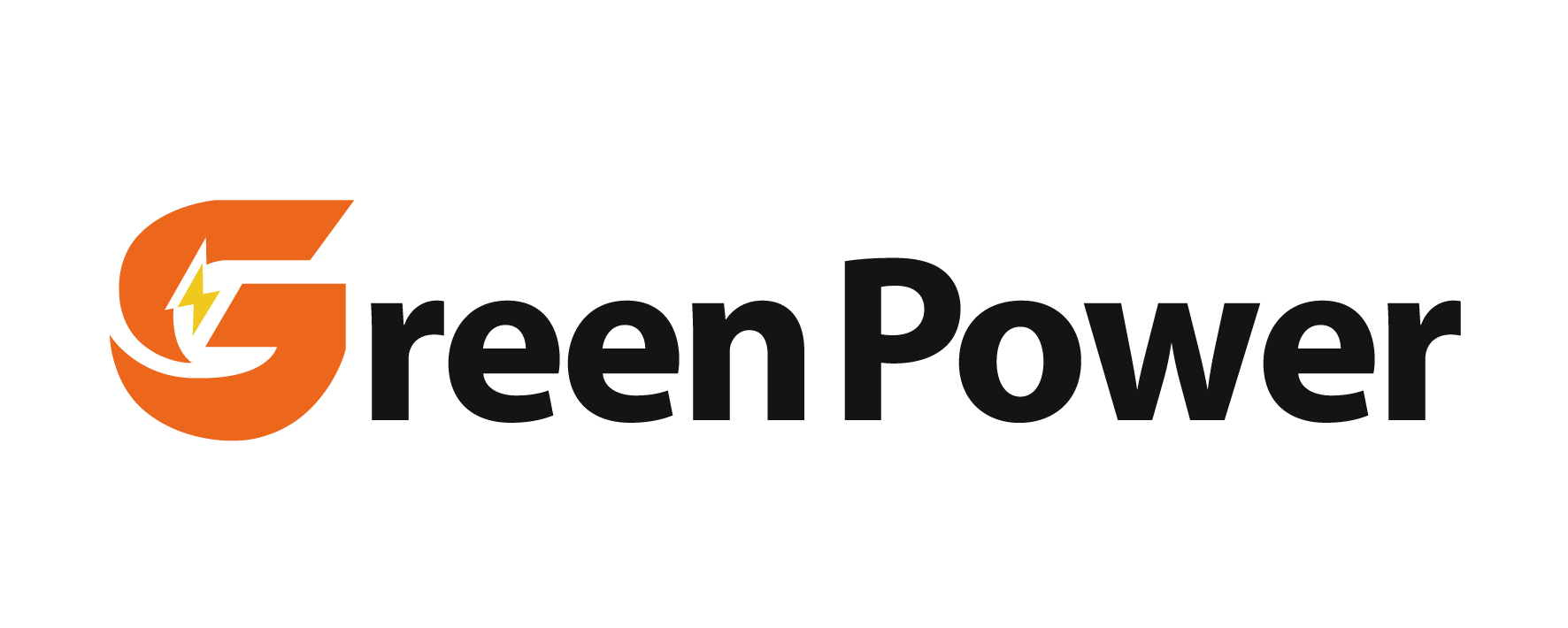cost of lead acid battery
The cost of lead acid batteries represents a crucial consideration in both consumer and industrial applications. These batteries, known for their reliability and established technology, typically range from $100 to $350 for standard automotive applications, while industrial versions can cost between $200 and $800 depending on capacity and specifications. The pricing structure reflects several factors, including raw material costs, particularly lead, which constitutes a significant portion of the manufacturing expense. These batteries offer a cost-effective energy storage solution, providing 2-5 years of service life with proper maintenance. The initial investment is generally lower compared to newer battery technologies, making them an economically viable choice for various applications. The cost per amp-hour tends to decrease with larger capacity batteries, offering better value for high-capacity requirements. Manufacturing processes have been optimized over decades, resulting in efficient production methods that help maintain competitive pricing. Despite market fluctuations in raw material costs, lead acid batteries remain one of the most cost-effective energy storage solutions, particularly for standby power applications, automotive use, and renewable energy systems.



